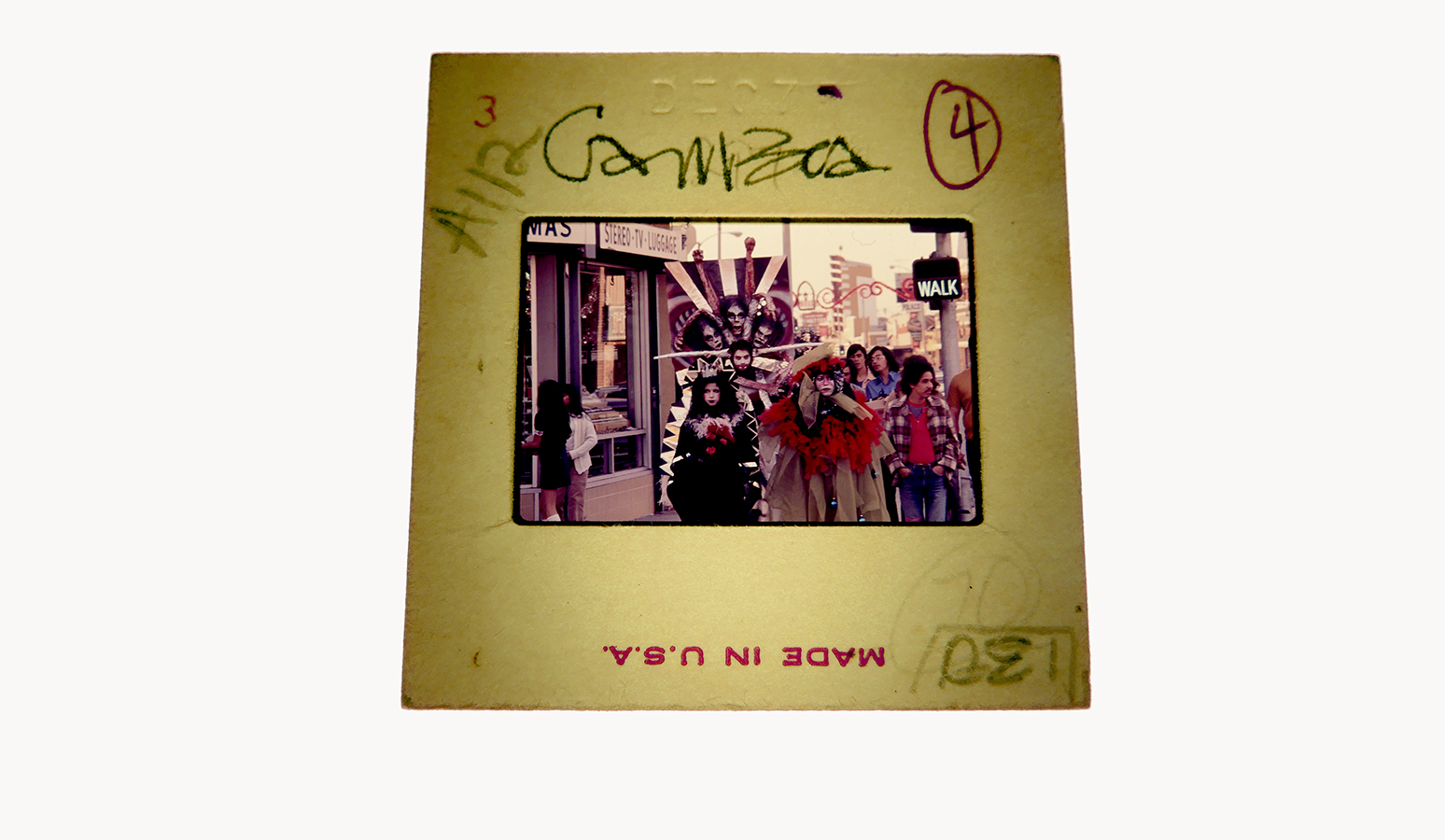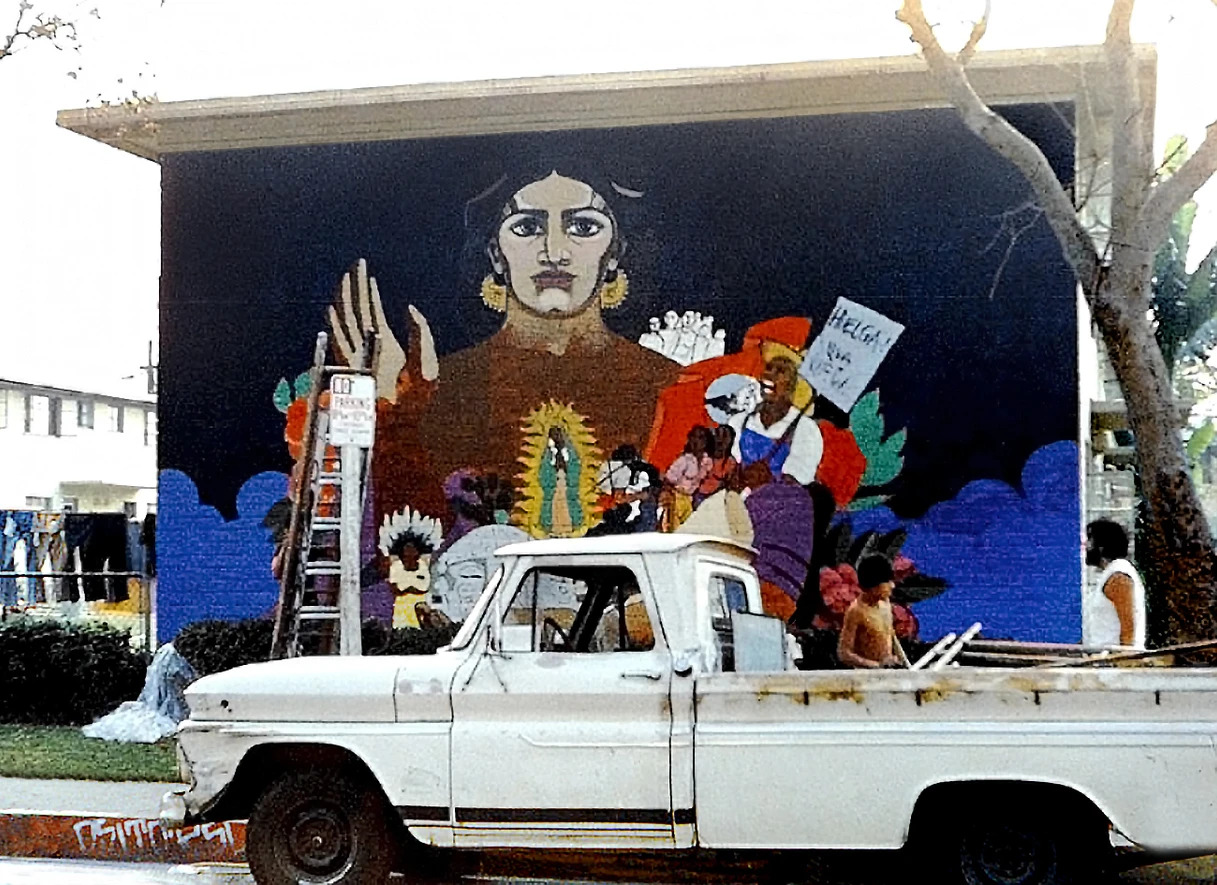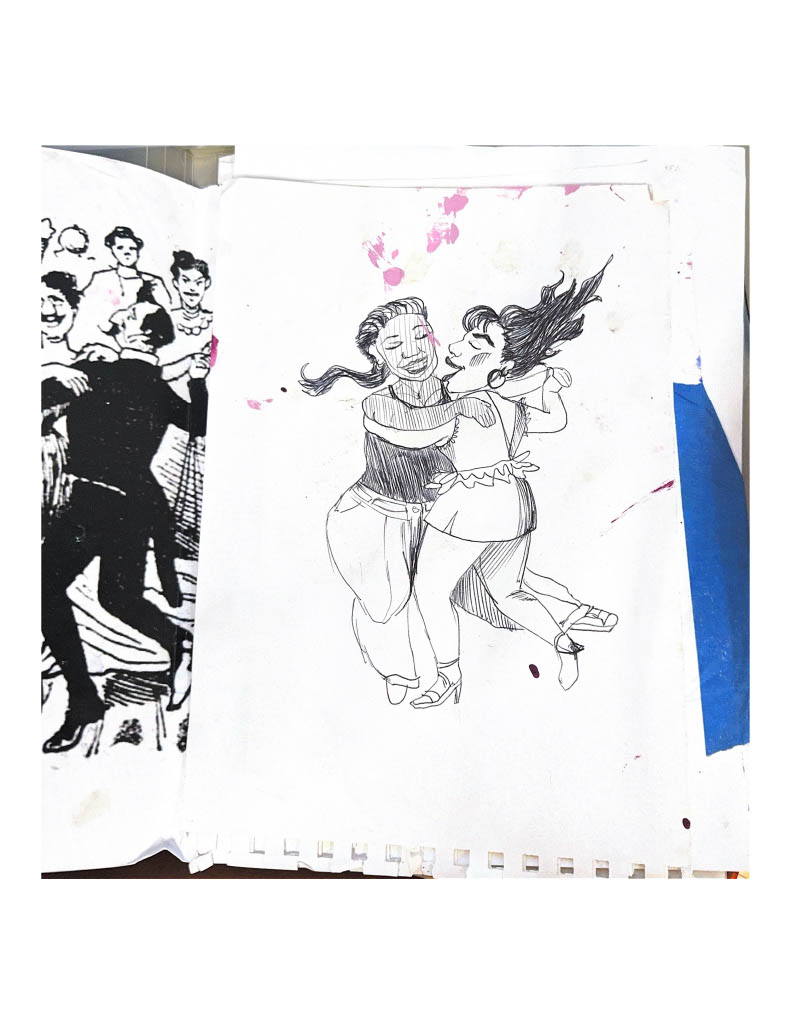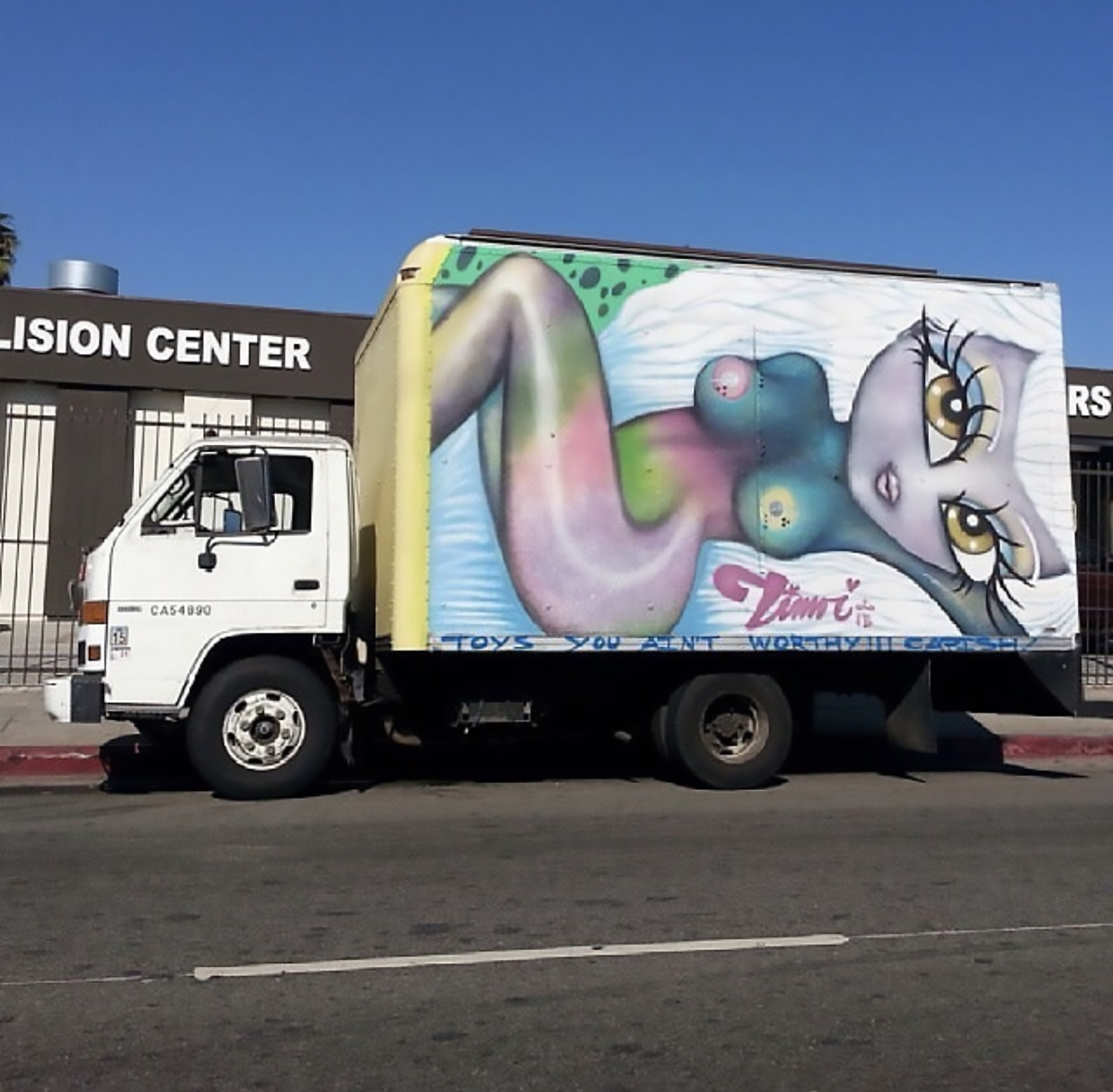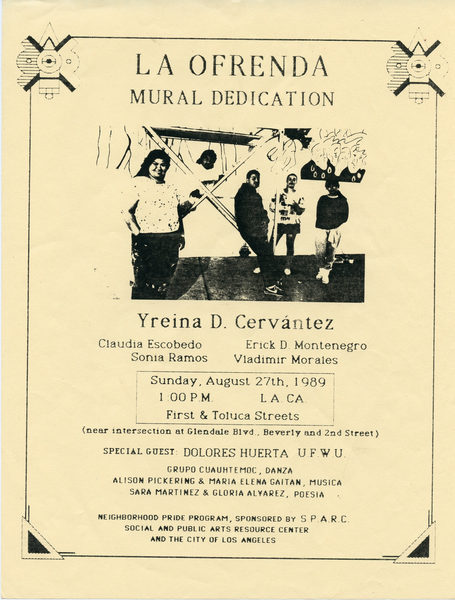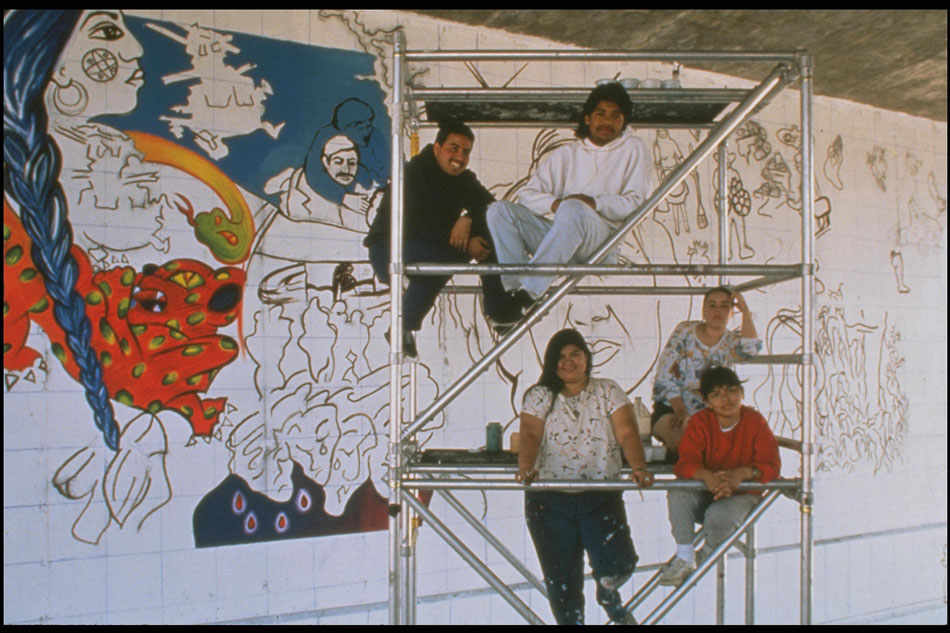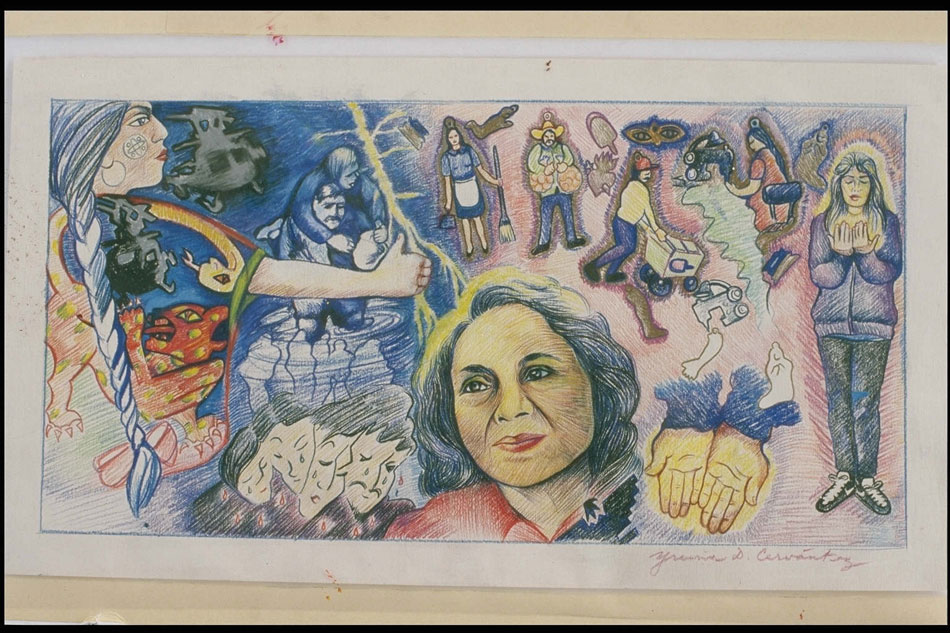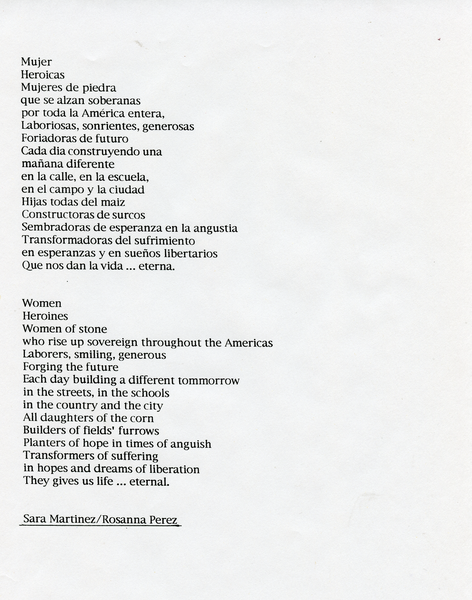ARCHIVE
ARCHIVO
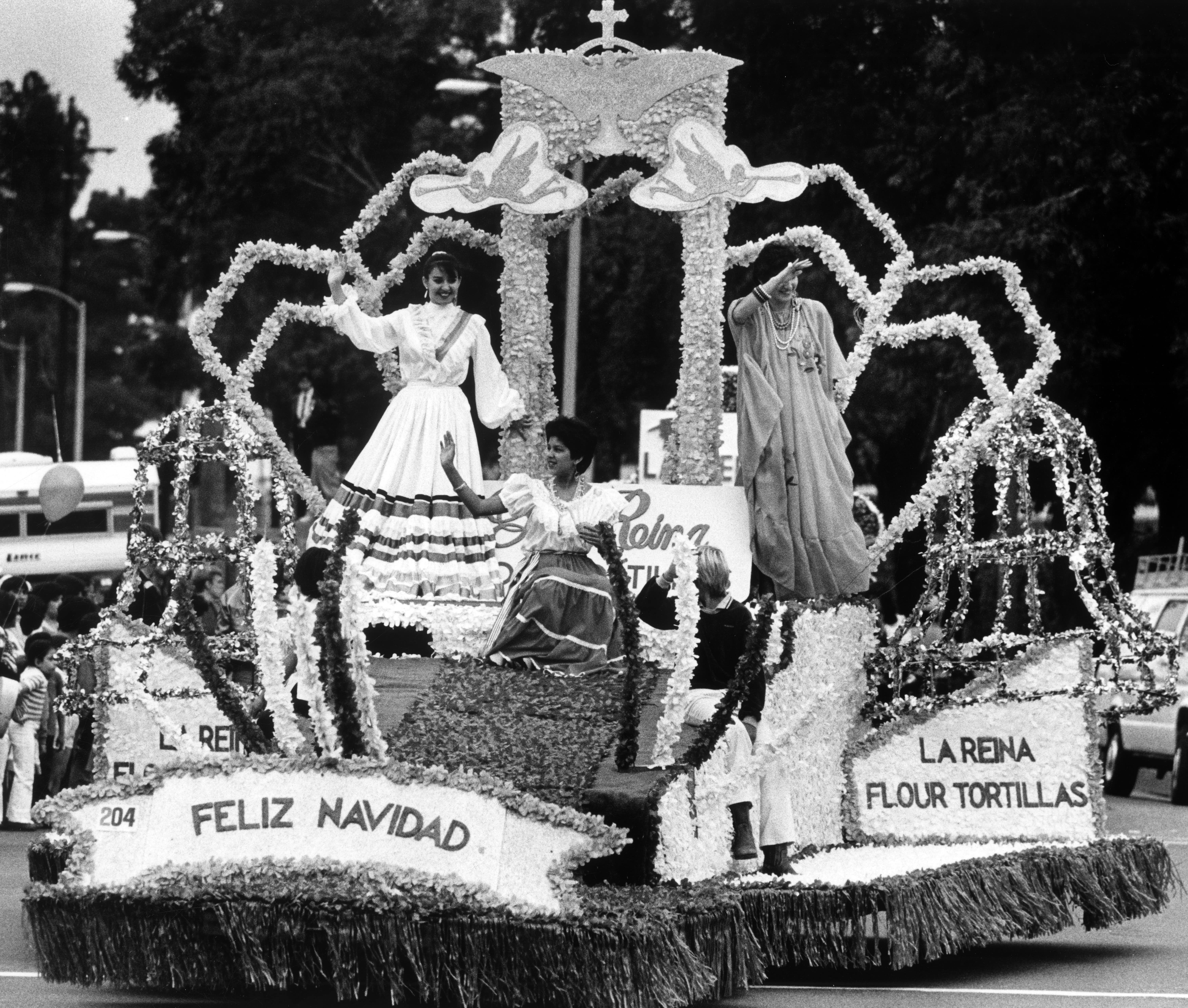
"East L.A. Christmas Parade," November 28, 1982.
Black and white photograph of a float sponsored by La Reina tortillas
cruising down Whittier Boulevard by Paul Chinn.
Herald Examiner Collection/Los Angeles Public Library.
“Désfile de Navidad en el Este de Los Ángeles (East L.A. Christmas Parade)”,
28 de Noviembre de 1982.
Fotografía de una carroza patrocinada por La Reina
tortillas recorriendo Whittier Boulevard, por Paul Chinn. Colección Herald
Examiner/Biblioteca Pública de Los Ángeles.
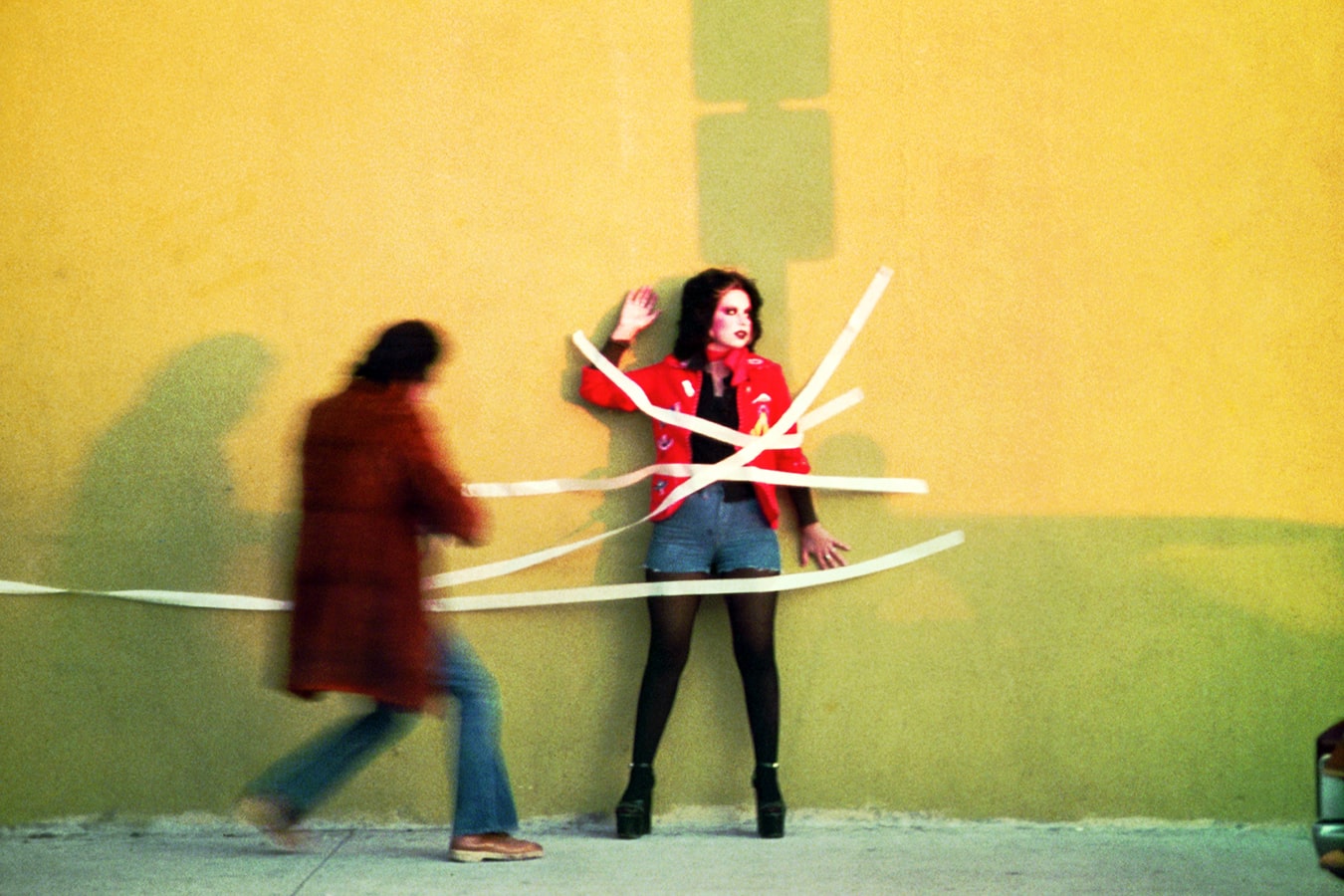
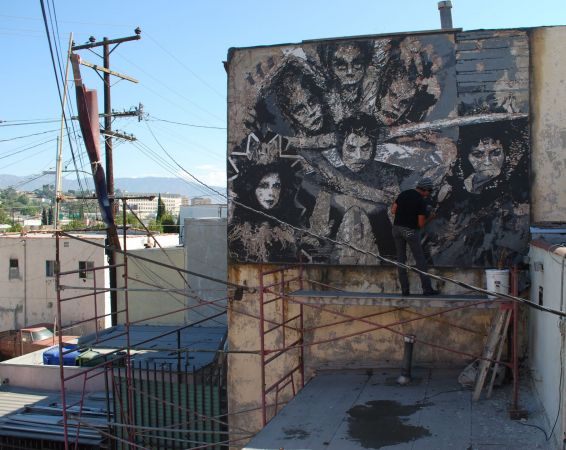
Willie Herron III painting an acrylic mural titled East of No West
(2011) based on Harry Gamboa Jr.'s photographs of Walking Mural
(1972).
The mural is located at 4111 City Terrace Dr., Los Angeles, CA and was
commissioned by the Getty Museum as part of Pacific Standard Time.
Photograph by Isabel Rojas-Williams.
Willie Herron III pintando un mural acrílico titulado Este del No Oeste
(East of No West), 2011, basado en fotografías de Harry Gamboa Jr.
del Mural Caminante (Walking Mural), 1972.
El mural se encuentra ubicado en 4111 City Terrace Dr., Los Ángeles, CA y
fue encargado por el Museo Getty como parte de Pacific Standard Time.
Fotografía de Isabel Rojas-Williams.
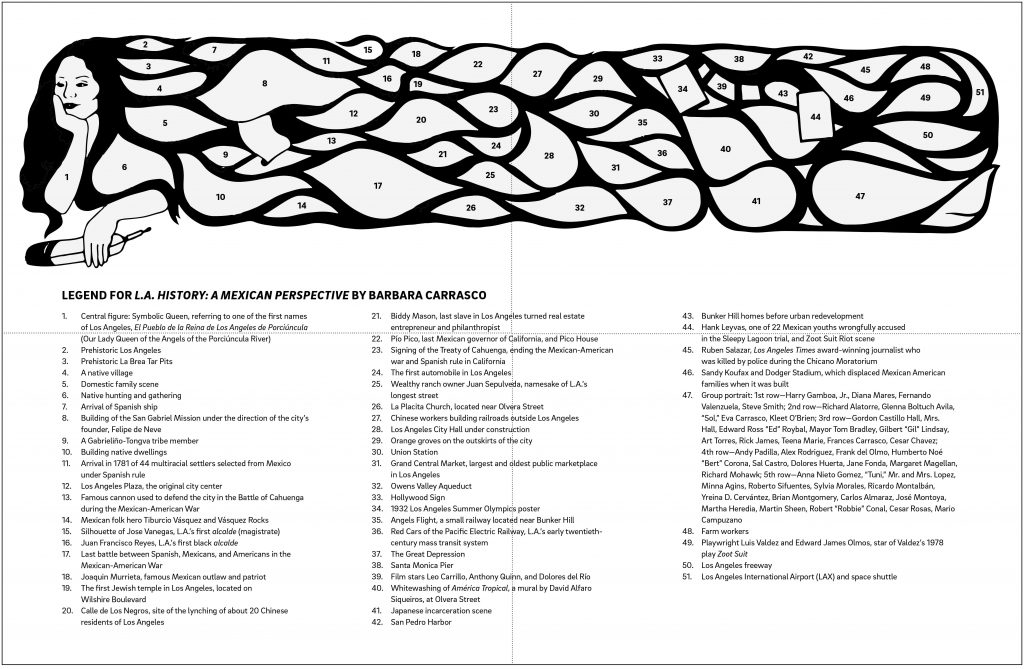
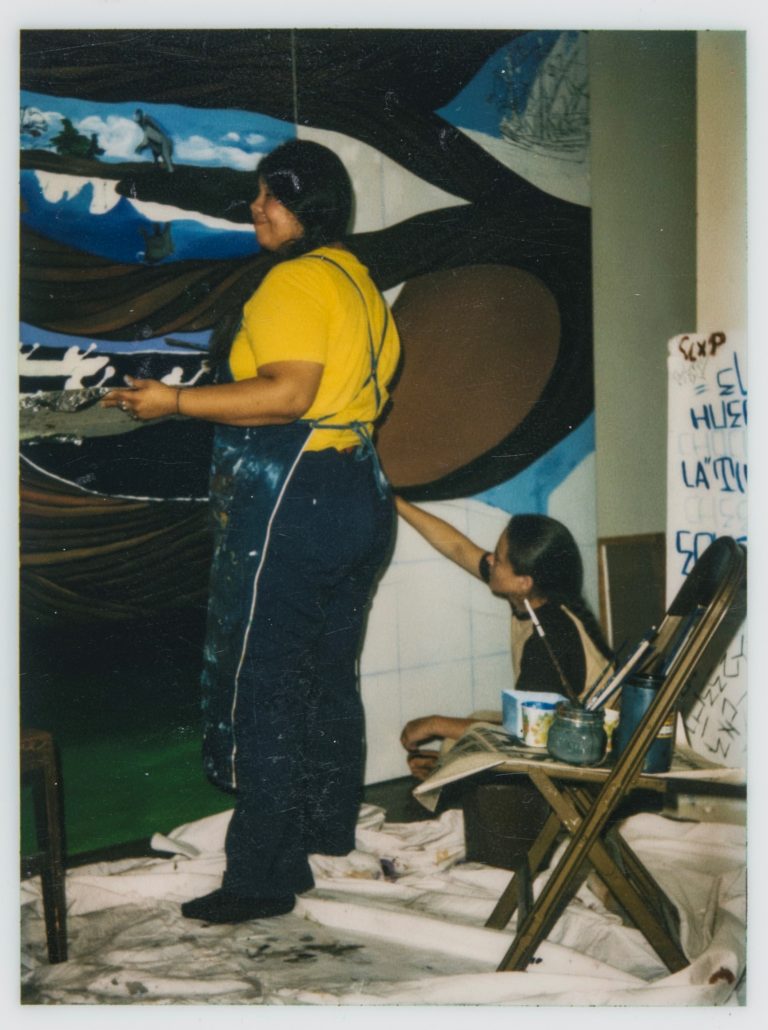
Yreina Cervántez, then an artist assistant to Barbara Carrasco, painting a
section of L.A. History: A Mexican Perspective, 1981.
Photo courtesy of Barbara Carrasco.
Yreina Cervántez, entonces asistente de Barbara Carrasco, pintando una
sección de La Historia de Los Ángeles: una Perspectiva Mexicana (L.A.
History: A Mexican Perspective), 1981.
Foto cortesía de Barbara Carrasco.
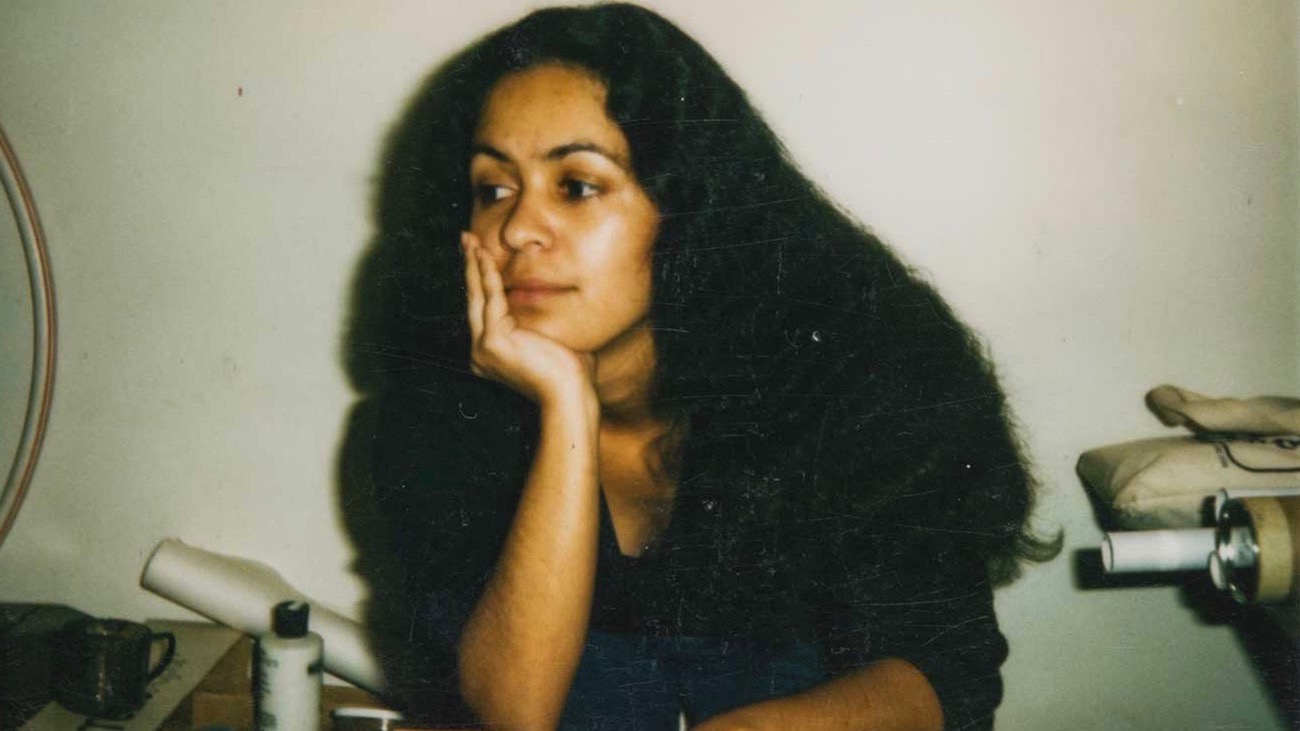
Photograph of the artist's sister, Frances Carrasco, c. 1981.
The photograph is the basis for the central figure of the mural,
L.A. History: A Mexican Perspective.
Fotografía de la hermana de la artista, Frances Carrasco, c. 1981.
Esta fotografía es la base de la figura central en el mural, La Historia
de Los Ángeles: una perspectiva mexicana (L.A. History: A Mexican
Perspective).
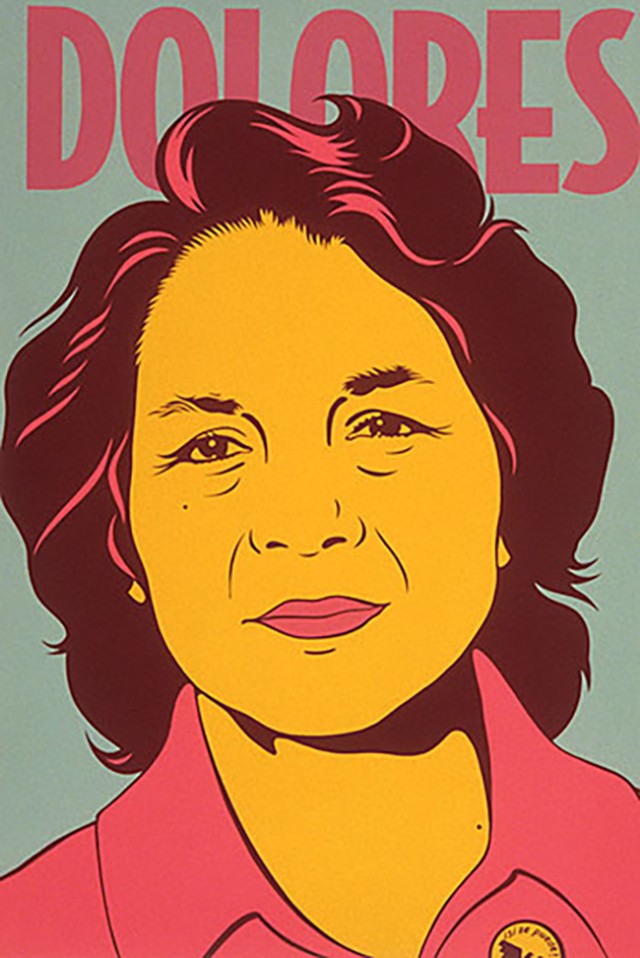
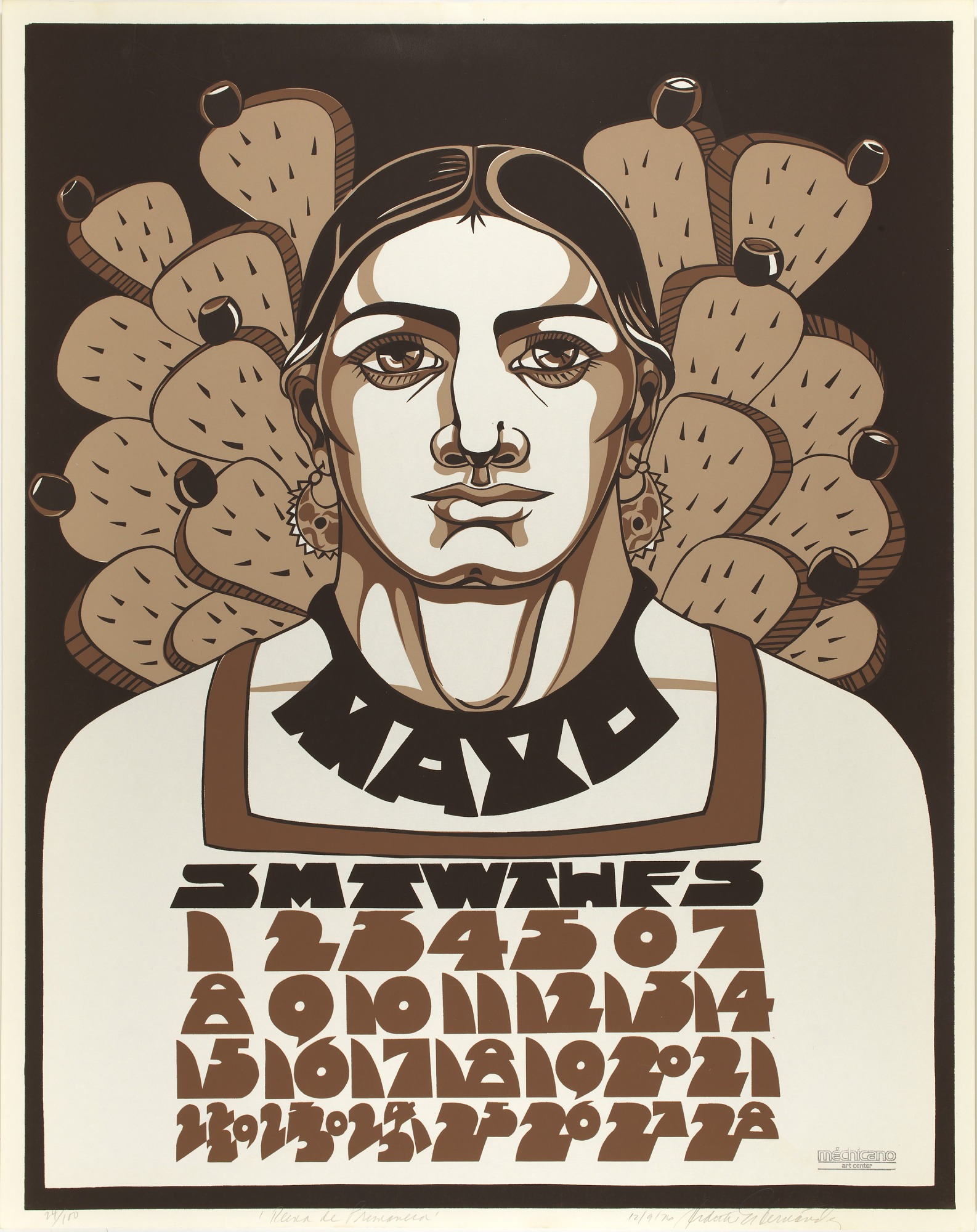
Judithe Hernández, Reina de la Primavera, from Méchicano 1977
Calendario, 1976.
Screenprint on paper, sheet and image: 22 x 28 in. (55.9 x 71.1 cm),
Smithsonian American Art Museum, Museum purchase through the Luisita L. and
Franz H. Denghausen Endowment, 2012.53.6, © 1976, Judithe Hernández.
Judithe Hernández, Reina de la Primavera, de Méchicano 1977 Calendario,
1976.
Serigrafía sobre papel, hoja e imagen: 55,9 x 71,1 cm (22 x 28 in.), Museo
de Arte Americano Smithsonian, compra del museo a través del Luisita L. and
Franz H. Denghausen Endowment, 2012.53. 6, © 1976, Judithe Hernández.
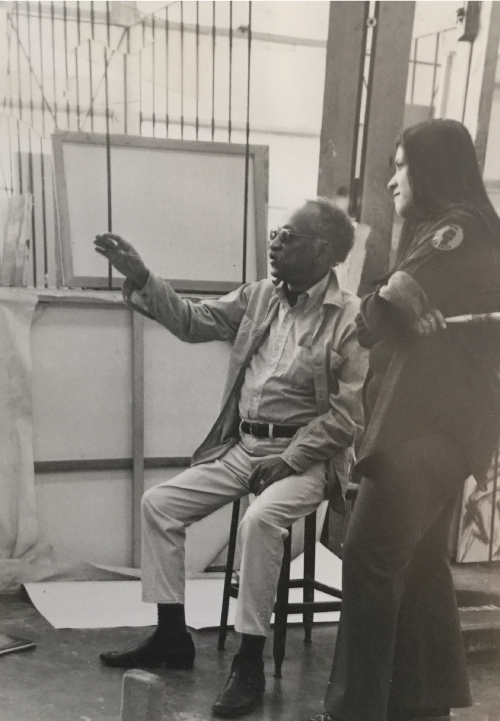
Judithe Hernández and her teacher, Charles White, at Otis College
of Art and Design (then Otis Institute of Art) in the 1970s.
Courtesy Otis College of Art and Design.
Judithe Hernández y su maestro, Charles White, en la Escuela de arte y
diseño Otis (entonces Instituto de Arte Otis) en la década de 1970.
Cortesía de Escuela de arte y diseño Otis.

Clip of "Judithe Hernández – An Evolution of Los
Four." PBS, October 19, 2013.
https://www.pbs.org/video/judithe-hernandez-an-evolution-from-los-four/
Clip “Judithe Hernández ‐ An Evolution of Los Four”. PBS, 19 de
Octubre de 2013.
https://www.pbs.org/video/judithe-hernandez-an-evolution-from-los-four/
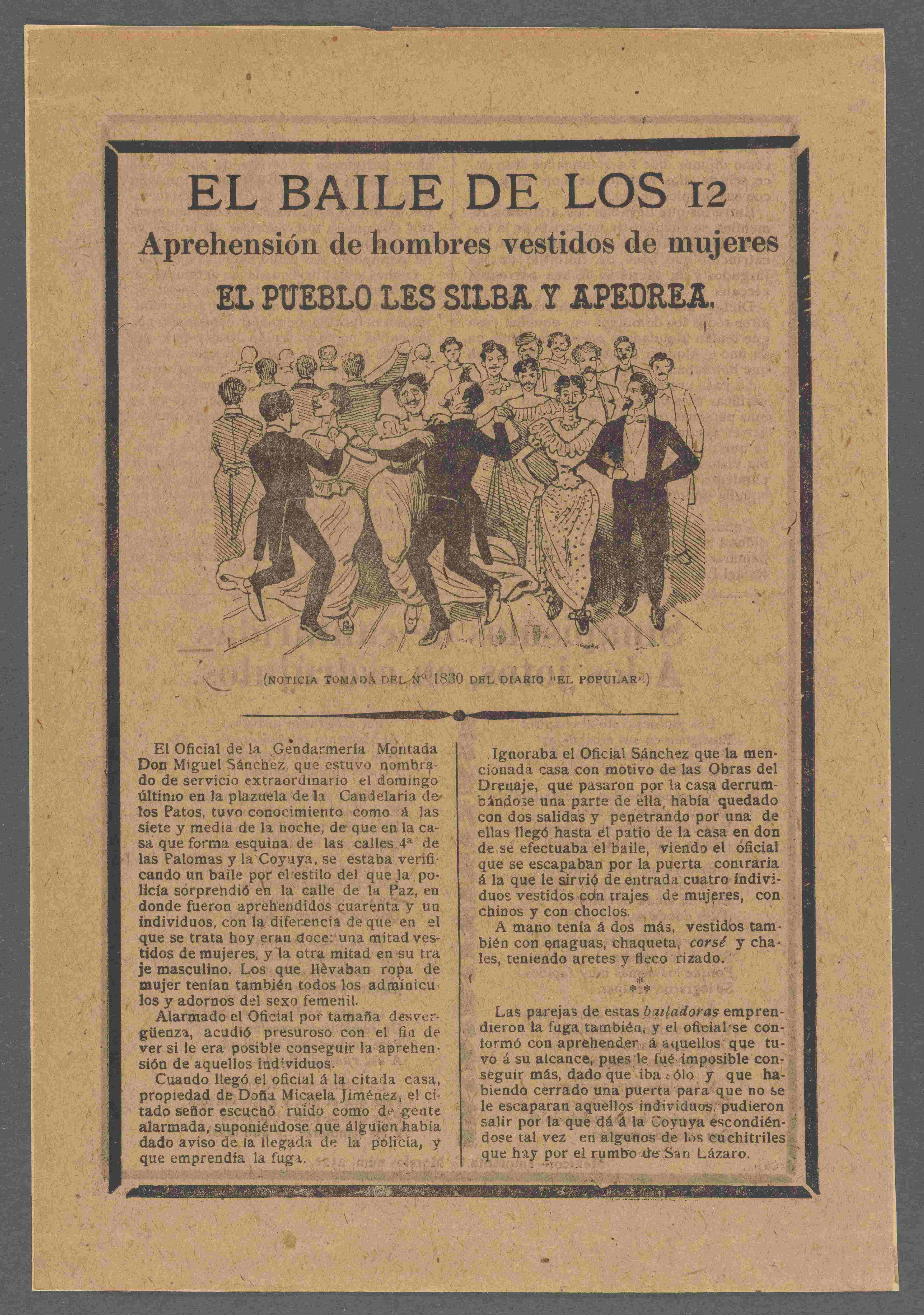
José Guadalupe Posada, El baile de los 41 de la Calle de la
Paz en 20 de Noviembre de 1901, 1901.
Illustrated broadsheet published in the newspaper El Nacional.
Courtesy of the New York Public Library, The Miriam and Ira D. Wallach
Division of Art, Prints and Photographs.
José Guadalupe Posada, El baile de los 41 de la Calle de la Paz en 20 de
Noviembre de 1901, 1901.
Pasquín ilustrado publicado en el periódico El Nacional.
Cortesía de la Biblioteca Pública de Nueva York, División de Arte, Grabados
y Fotografías Miriam e Ira D. Wallach.
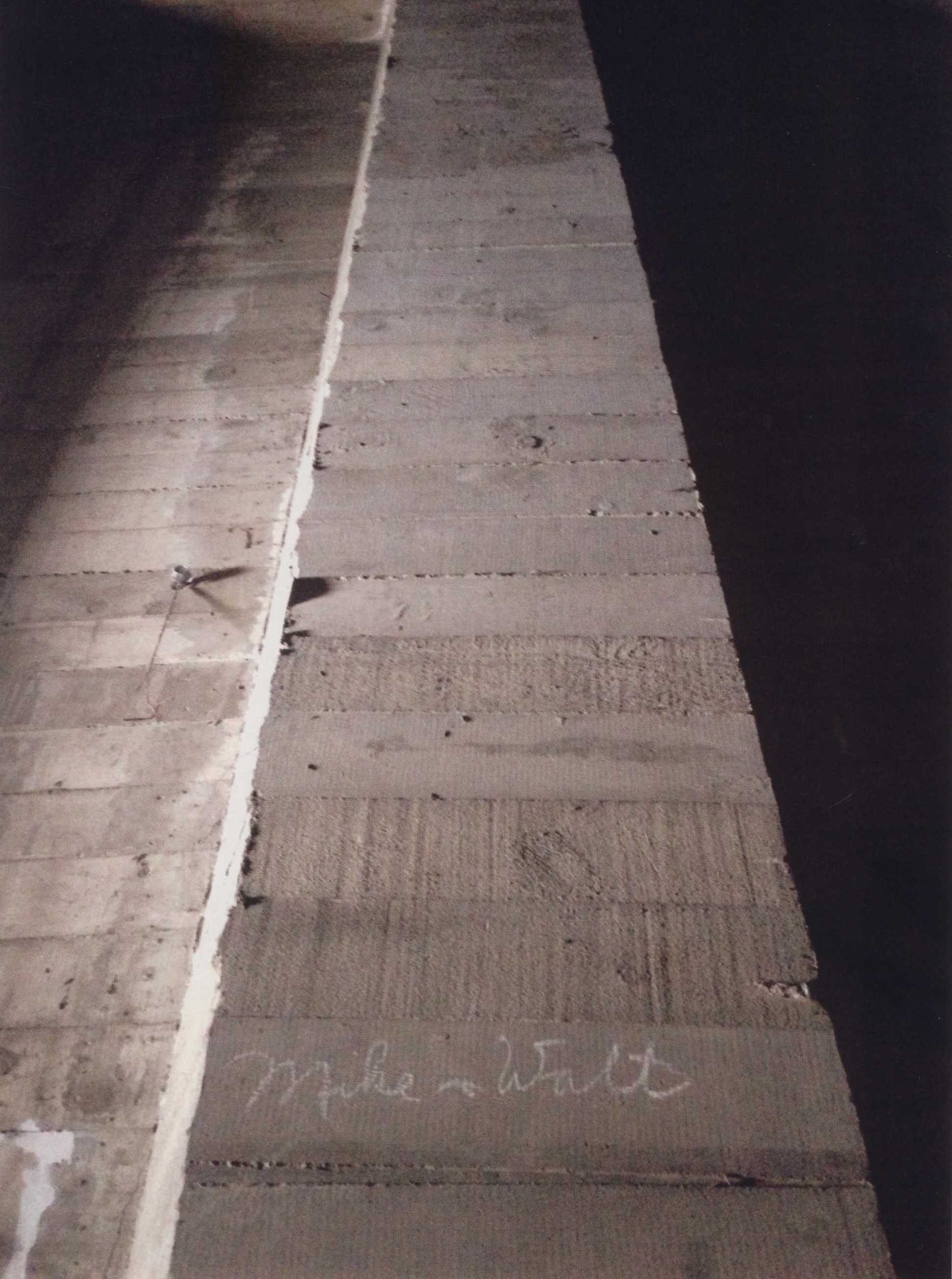
Mike & Walt, possibly 1934.
Graffiti tag in chalk in the Los Angeles Spring Street Bridge abutment, an
underground venue where persecuted queer subjects created artworks that
express the tenderness and intimacy of homosexual and homosocial
relationships.
Photograph by Susan A. Phillips, printed in The City Beneath: A Century
of Los Angeles Graffiti (New Haven: Yale University Press, 2019).
Mike & Walt, posiblemente 1934.
Grafiti con tiza en el estribo del Puente Spring Street en Los Ángeles, un
espacio subterráneo donde sujetos queer perseguidos crearon obras de arte
que expresan la ternura e intimidad de relaciones homosexuales y
homosociales.
Fotografía de Susan A. Phillips, impresa en The City Beneath: A Century
of Los Angeles Graffiti (New Haven: Yale University Press, 2019).
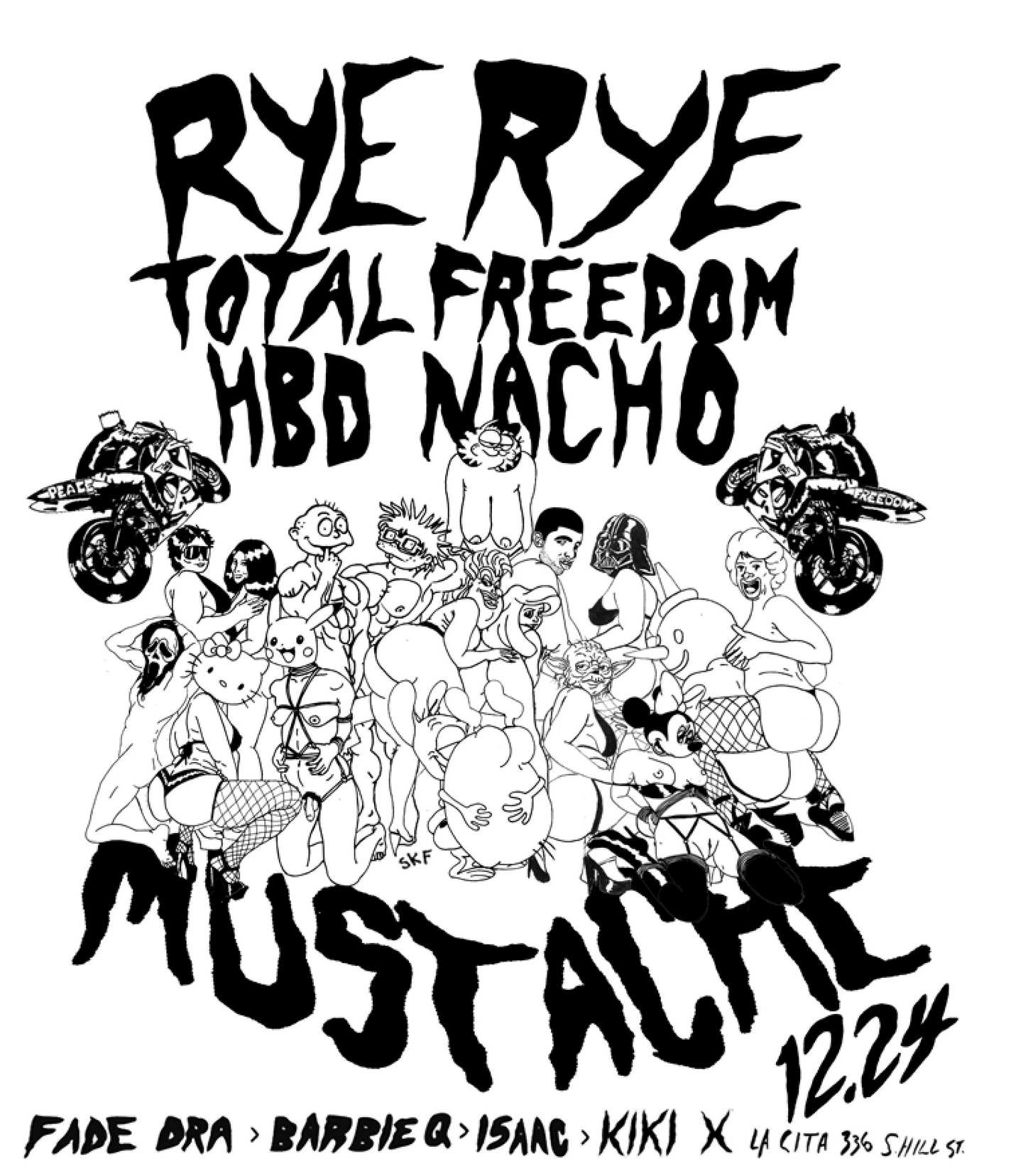
Promotional poster for a birthday bash on December 24, 2012
celebrating Ignacio "Nacho" Nava, Jr—the main promoter of
"Mustache Mondays" in the Los Angeles queer nightlife scene.
Courtesy Brian Skiff.
Afiche promocional de una fiesta de cumpleaños el 24 de Diciembre de 2012 en
honor a Ignacio "Nacho" Nava, Jr.—el principal promotor de los
"Lunes de Bigotes (Mustache Mondays)" en una escena de la vida
nocturna queer de Los Ángeles.
Cortesía de Brian Skiff.

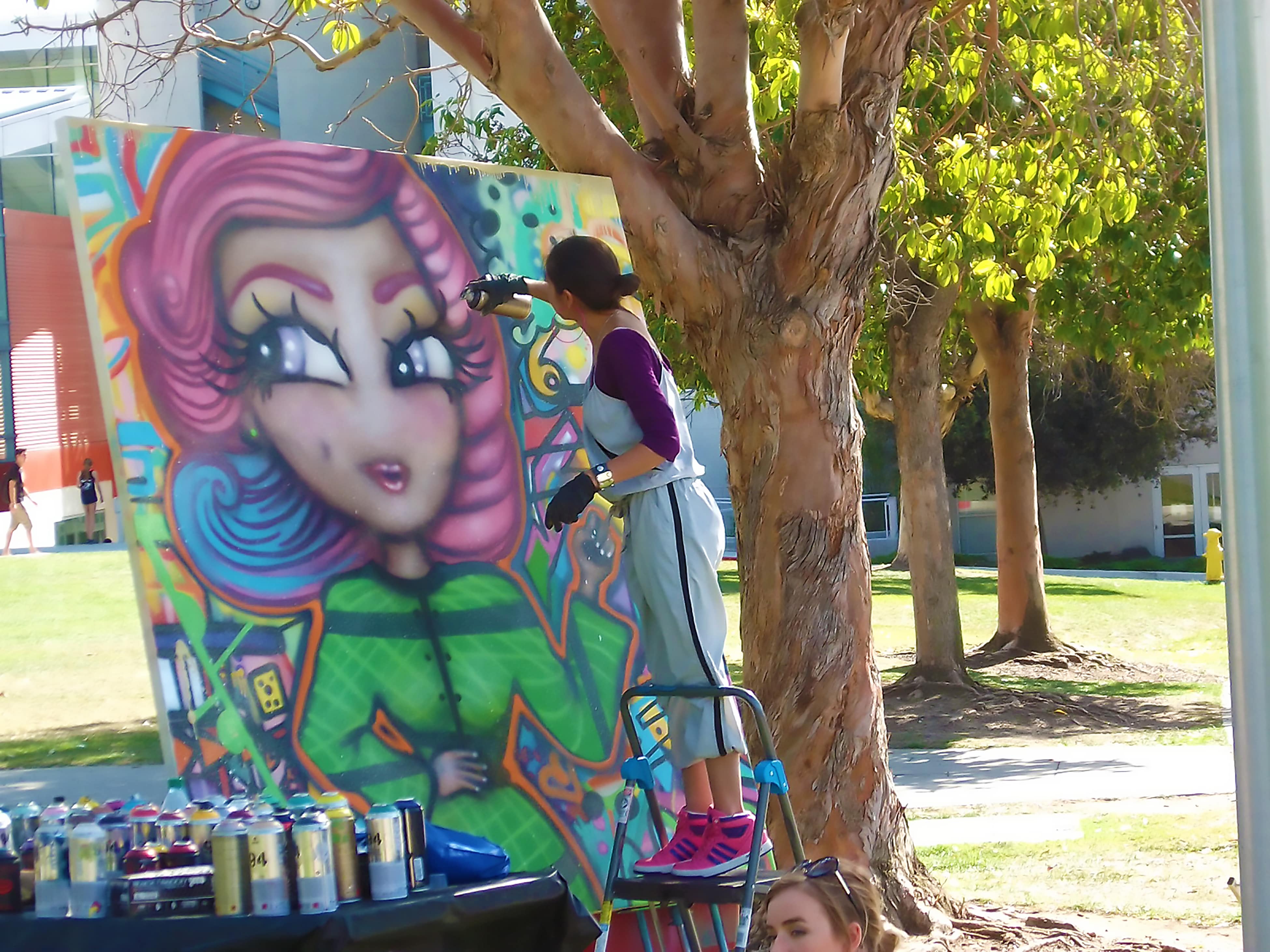
Timoi at work on a spray paint portrait of the Guatemalan social activist Luisa Moreno at Cal Poly San Luis Obispo.
Timoi trabajando en un retrato pintado con aerosol de la activista social Guatemalteca Luisa Moreno en Cal Poly San Luis Obispo.
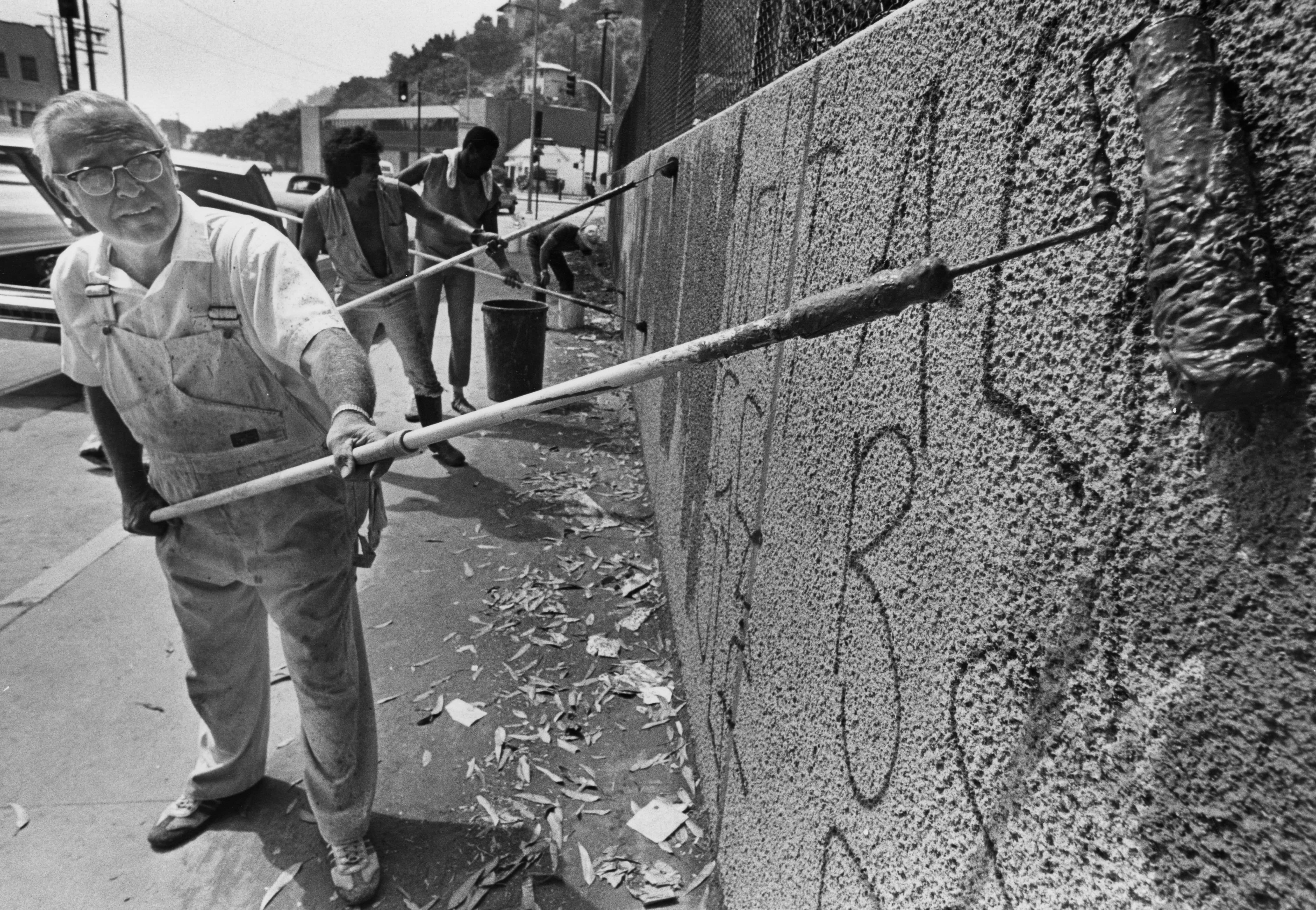
Homeowner Oliver Smith helps paint over a graffiti-covered wall
on Riverside Drive in Silver Lake, CA on June 30, 1980 as part of
city‐wide
anti‐graffiti efforts.
Black and white photograph by Dean Musgrove. Herald Examiner Collection/Los
Angeles Public Library.
El propietario Oliver Smith ayuda a pintar encima de una pared cubierta de
grafiti en Riverside Drive en Silver Lake, California, el 30 de Junio de
1980, como parte de los esfuerzos anti‐grafiti que tuvieron lugar en
toda la ciudad.
Fotografía en blanco y negro de Dean Musgrove. Colección Herald
Examiner/Biblioteca Pública de Los Ángeles.

Chaz Bojórquez, Señor Suerte (Mr. Lucky), 1969-84.
Intersection of Interstate 5 and the 110 Freeway, Los Angeles, CA.
Example of a "heavens" freeway tag.
Chaz Bojórquez, Señor Suerte (Mr. Lucky), 1969-84. Intersección de
la Interestatal 5 y la Autopista 110, Los Ángeles, California.
Ejemplo de un "tag" en la autopista con la inscripción
"heavens".
